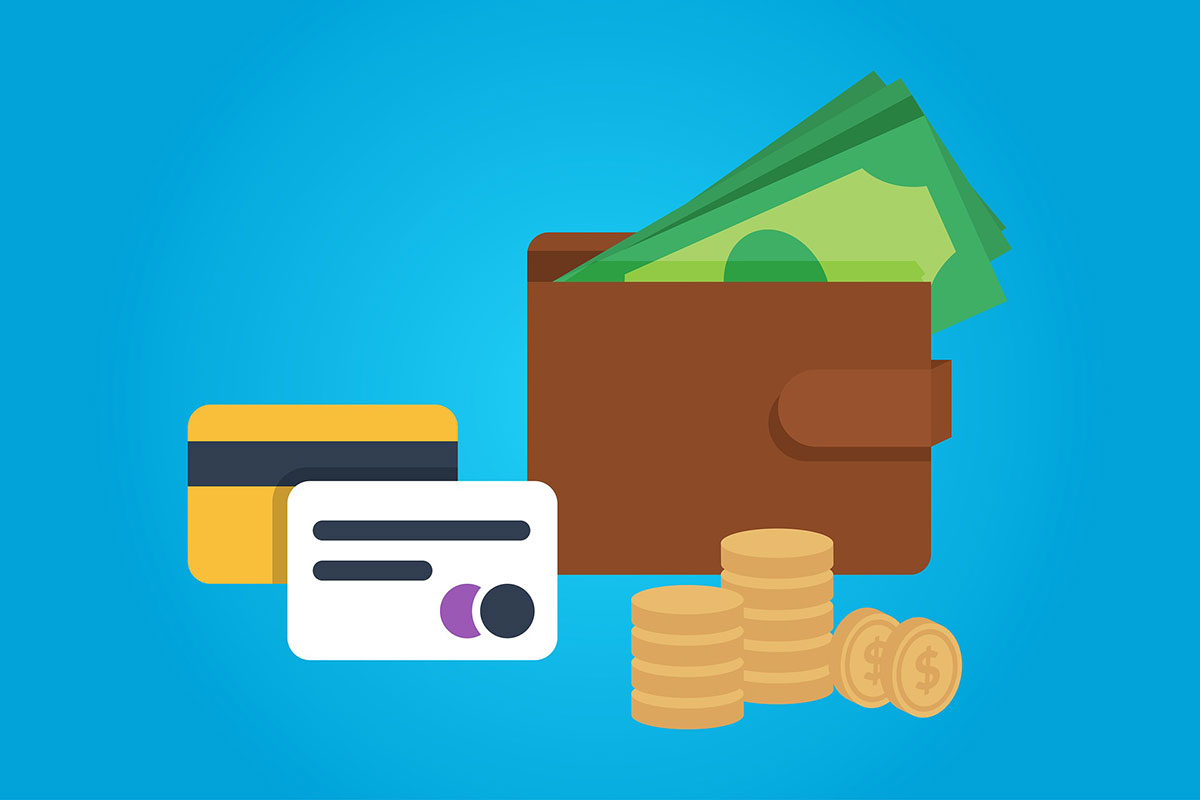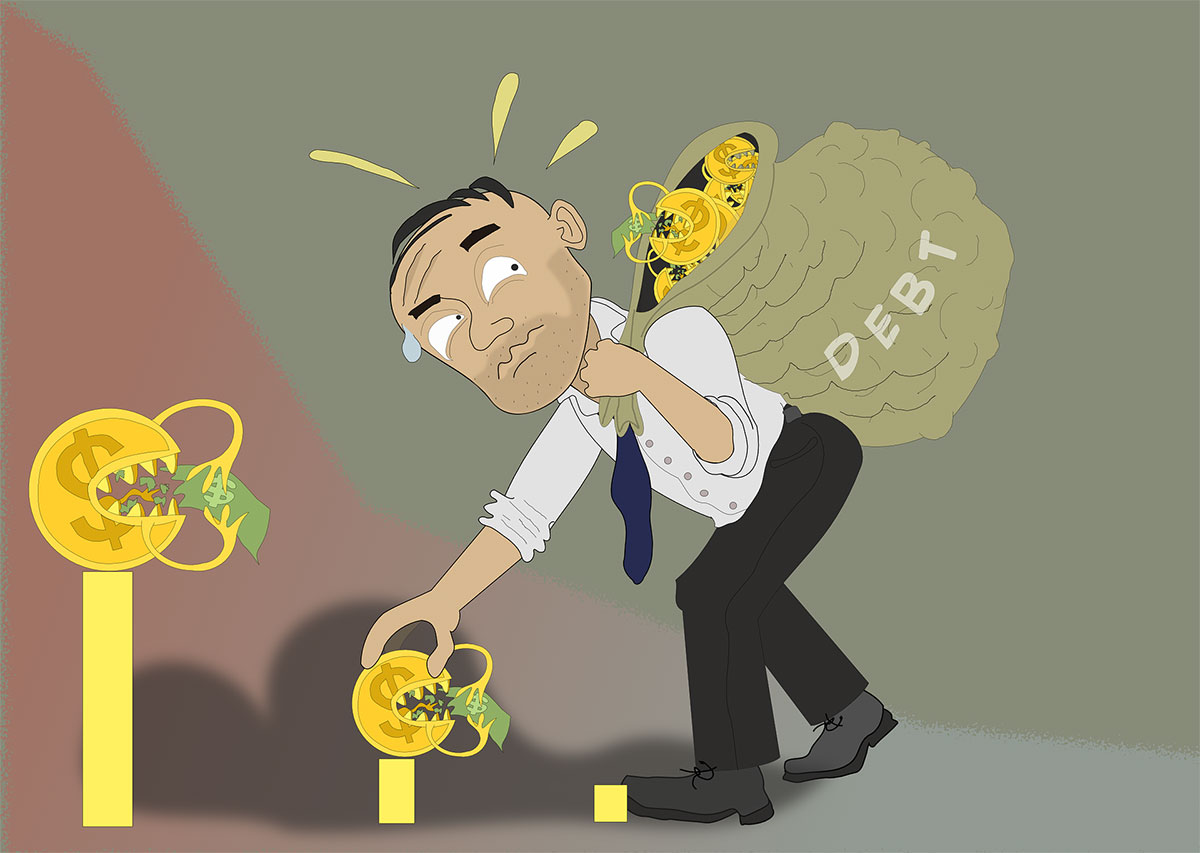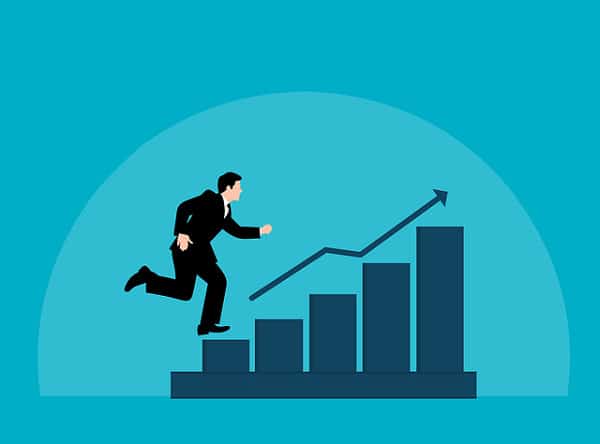When people mention the word “debt,” they're usually talking about a situation you want to get out of as soon as you can. However, not all debt is bad and there’s even some debt that you’ll likely want to have. Like it or not, the way we use debt can open or close doors in life for purchasing big-ticket items like cars or homes.
Top Debt Relief Options
One of the best ways to ensure you’ll be able to access these things is by knowing the difference between good debt vs bad debt, and learning how to make debt work for you instead of against you.
Good Debt vs Bad Debt
Good Debt
- Student Loan
- Mortgage Loan
- Home Equity Line of Credit
- Business Loan
- Debt Consolidation Loan
Bad Debt
- Payday Loan
- High Interest Loan
- Store Credit Card
Subjective Debt
- Credit Card
- Auto Loan
For most kinds of debt, it’s fairly easy to categorize it as either “good” or “bad,” but others may be more ambiguous. By looking at the most common types of debt people take on and understanding why some can help you and some can hurt you, you can increase your financial literacy and start paving the way to a brighter financial future.
What Is Good Debt vs Bad Debt?

Good debt is generally thought of to be anything that will help you generate more wealth for yourself in the future. Think of good debt as a kind of investment in yourself where you’re using the money to improve your life, increase your assets, and set yourself up to be more financially stable.
Common examples of good debt are student loans to help you earn a degree, or a real estate loan to start building home equity. These types of debt have the potential to increase your net wealth, are usually obtained at a lower interest rate, and are viewed favorably by other lenders.
On the other hand, bad debt typically doesn’t help you create wealth; rather, it’s used to purchase items that will almost always depreciate in value. This includes borrowing money through payday loan advances, or credit card debt – especially if it’s used to purchase items that decrease in value like clothing, shoes, or a TV set. Bad debt doesn’t put you in a better position to increase your own wealth and typically comes with a high interest rate.
Good Debt vs Bad Debt

Although a debt may be considered “good” or “bad,” keep in mind that any debt can negatively impact your credit history if you don’t make regular payments.
Good Debt
Student Loan
Student loan debt is often obtained by taking out a loan through a federally-run program and usually has an interest rate of between 5% and 6%. Obtaining a college degree or a technical degree can make you more employable, open the door to better paying positions, and makes it easier to transition to a new job. Lenders view student debt as an indication you’re serious about your future and can commit to your responsibilities.
Furthering your education will almost always increase your future earning power, and if you need to or choose to take out a student loan, the debt you hold from it will be considered good debt. However, earning a degree won’t always translate into a well-paying job, and programs in the STEM fields (science, technology, engineering, and mathematics) often yield the highest paying jobs, while liberal arts degrees (think English or art) don’t always correlate to higher pay.
Mortgage Loan
Mortgage debt is another example of a low interest debt that’s good to have, since it usually results in increased wealth for the borrower. Even if you only have a home loan for a modest, residential house, if you stay in it for several years, you’re likely to turn a profit when you sell it because of the equity you’ve built up.
Every month, more and more of your mortgage payment goes toward your principal, and since a house is likely to increase in value, the money you spend each month is seen as an investment. It’s also a signal to other lenders that your finances have been vetted and you’ve been entrusted to pay back a large loan.
Home Equity Line of Credit
If you own a home, you may have the opportunity to take out a home equity line of credit (HELOC). Home equity loans are used by homeowners when they need a large amount of money, be it for a renovation, college tuition, or medical bills and they use the equity in their home to fund it.
Your lender extends a line of credit that you can then draw from for a set period of time (typically seven to 10 years), during which time you’ll usually only be making interest payments. These loans are predicated on the fact that you’ve already established yourself as a good borrower and can therefore be trusted to borrow more money.
Business Loan
A business loan is often classified as good debt, especially when you can secure it at a low interest rate and use it to increase your net worth. That said, starting a new business is risky, and it’s estimated that nearly half of them fail within the first five years. However, if you use your money wisely and have a savvy business sense, you can use this initial investment to grow your profits, increase your personal wealth, and increase the value of the business. Taking out and paying back a small business loan signifies to other creditors that you’re serious about your financial goals and want to use the money you earn to strengthen your economic future.
Debt Consolidation Loan
When you take out a debt consolidation loan you have the opportunity to lower your interest rates by bundling several debts together and converting them into one loan under a single monthly payment. Doing this is often seen as a wise financial decision by lenders. Also, it serves as a way to convert “bad” debt into “good” debt since you may be able to include credit card debt that has traditionally high interest rates into a loan with a low interest rate.
It’s important to note that debt consolidation isn’t a one-size-fits-all remedy, and you should only use this option when you already have a decent handle on your finances, but are looking for ways to streamline and pay off debt faster.
Bad Debt
Payday Loan
Payday loans are the worst of the lot when it comes to types of bad debt. These sometimes predatory loans charge a lending fee every time you use them which range from $10 to $30 for every $100 you borrow. So, if your typical paycheck is $1,500 you could be paying an average of $300 in fees which is a whopping 20% of your income. This might improve your cash flow right when you need it, but it fails as a long term plan and is an indication to lenders that you don’t manage your money well.
High Interest Loan
A high interest loan is generally considered one that’s over 6%. Because of the higher rates, these loans can take longer to pay back and a greater portion of your monthly payment is going straight to interest instead of your principal balance. This is typically in the form of a personal loan.
There are many financially responsible reasons to take out a loan like this, such as debt consolidation or a home improvement loan to increase its value. However, it could be considered bad debt if it’s used for depreciating commodities like a vacation, wedding, or a similar big-ticket purchase.
Store Credit Card
Almost all chain department stores offer their customers retail credit cards these days, and they’ll often do it by offering shoppers an enticing initial discount at the register. Be very careful about this, since these cards are notorious for having high interest rates, and they’re used specifically for purchasing products that will depreciate in value and add very little to your overall wealth. If you do choose to keep a card like this, choose one store only and keep a close eye on your credit card balance.
Subjective Debt
Credit Card
Not all credit cards are bad, and it’s hard to envision functioning in the world today without one. It’s important to make sure you’re only using the best credit card for your needs and that you follow a couple simple rules. When used responsibly, credit cards can earn you rewards and can actually boost your credit score. However, for these to be considered good debt, pay it off each month and never carry over a balance. If you do have to keep a balance for a short time period, always pay more than the minimum payment to avoid additional interest charges.
If you regularly use a credit card to spend more money than you actually have, you’re in danger of it turning into bad debt. Credit cards typically have very high rates and if you keep a large balance, the interest charges alone can start eating up the bulk of your monthly payment.
Auto Loan
Auto loans are another type of debt that can be viewed as both good and bad, depending on your circumstances. Like credit cards, most people need a car to get around in the world whether it’s to work, school, or your child’s piano lesson. It’s true that cars are a depreciating asset, but unlike a big-screen TV, they’re also a necessary one. Plus, cars are expensive and many people don’t have that kind of money lying around and have to take out a car loan.
If this is the case for you, keep a few things in mind so this doesn’t turn into bad debt. Shop around to find a loan with a low interest rate and don’t buy a car that’s outside of your budget. Sure, you may want to drive a BMW, but the monthly payments for one may cripple you. You should also consider the benefits of a new car vs used car as this will also considerably affect your price. If a slightly used car can save you $10,000 on the sticker price, you’ll be that much closer to paying off the loan in its entirety.
Swap the Bad Debt for Good Debt
When discussing debt, most people are usually talking about how to get out of debt as soon as they can. In some ways it seems that money runs our lives and everything hinges on that all important credit score. But while debt clearly isn’t the most important thing in our lives, managing the way we use credit is an important skill to master, and that means lowering the amount of bad debt we keep and swapping it for good debt.







